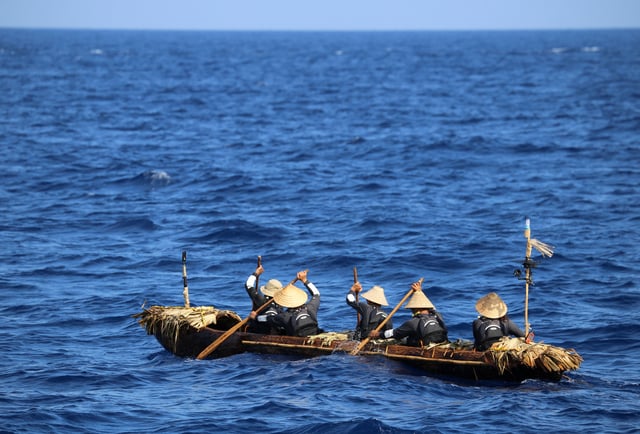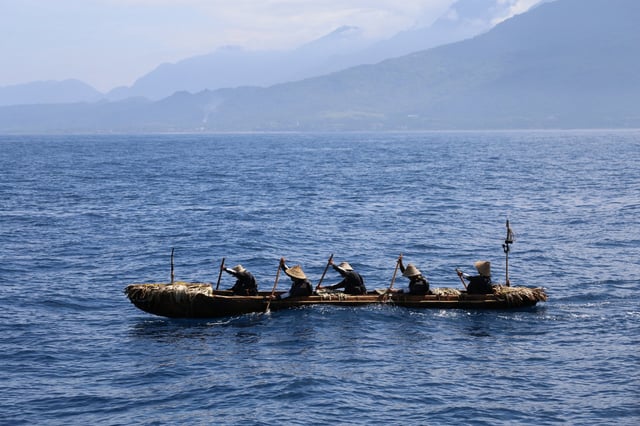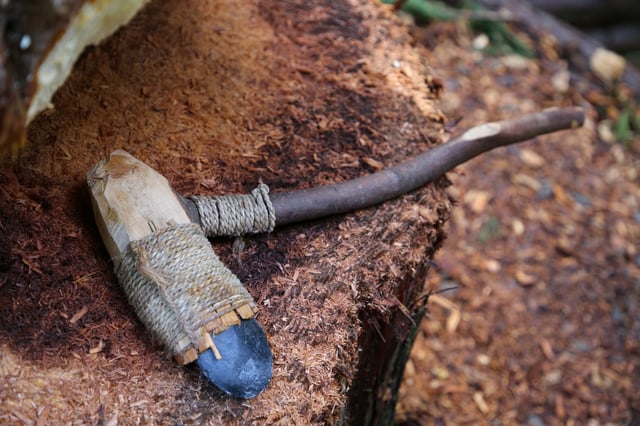Overview
- The researchers constructed a 7.5-meter dugout canoe named Sugime from a single Japanese cedar using replicated 30,000-year-old stone tools after initial reed and bamboo rafts failed.
- A crew of five paddlers navigated roughly 225 kilometers from eastern Taiwan to Yonaguni Island over more than 45 hours using only celestial cues, ocean swells and instinct.
- Advanced numerical simulations evaluated different departure points, seasons and paddling strategies under both modern and Late Pleistocene ocean conditions to test voyage feasibility.
- The experiment demonstrates that early modern humans possessed strategic seafaring knowledge, including route planning and current-compensation techniques, for long-distance sea travel.
- Published in June 2025 in Science Advances, the study offers new insights into Paleolithic migration routes as researchers continue to analyze the experiment’s data.



